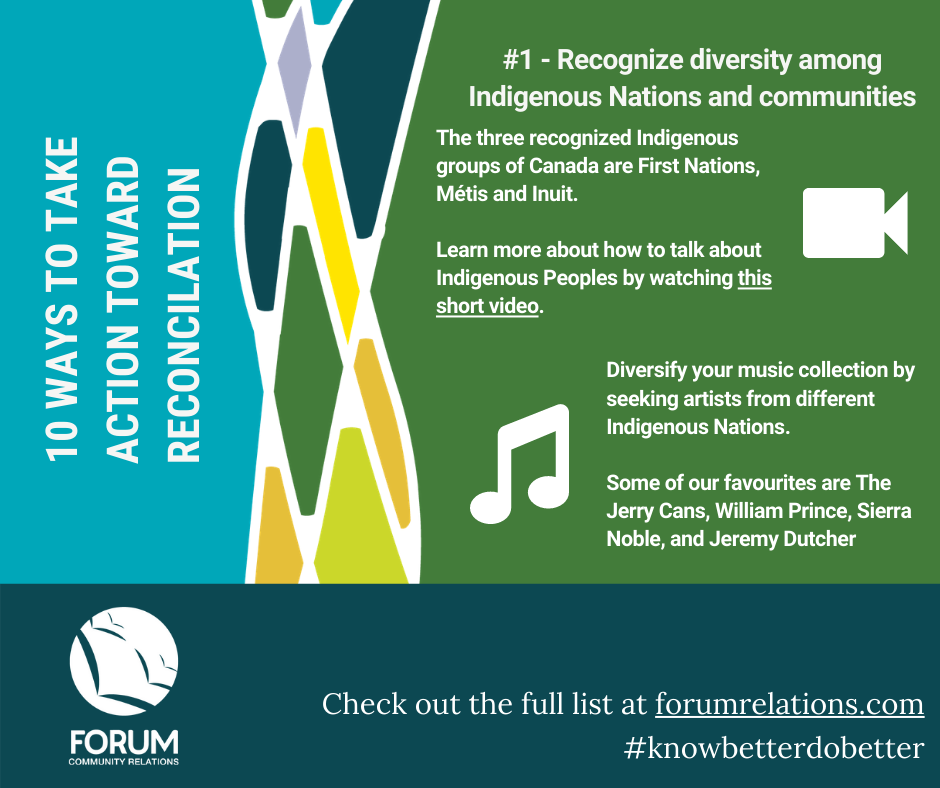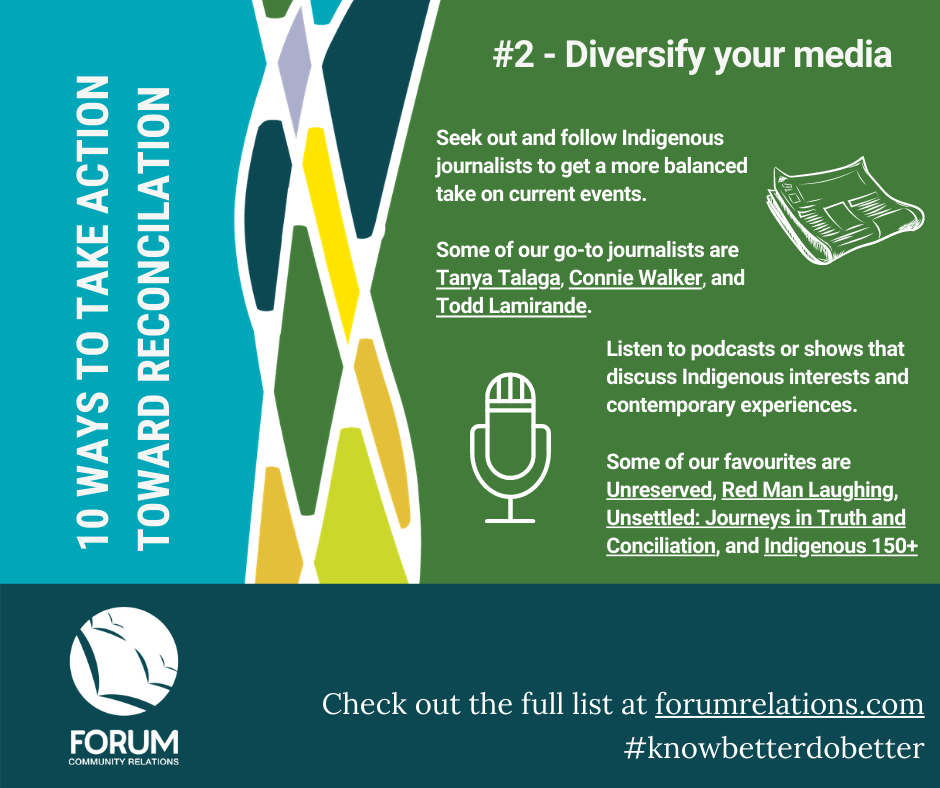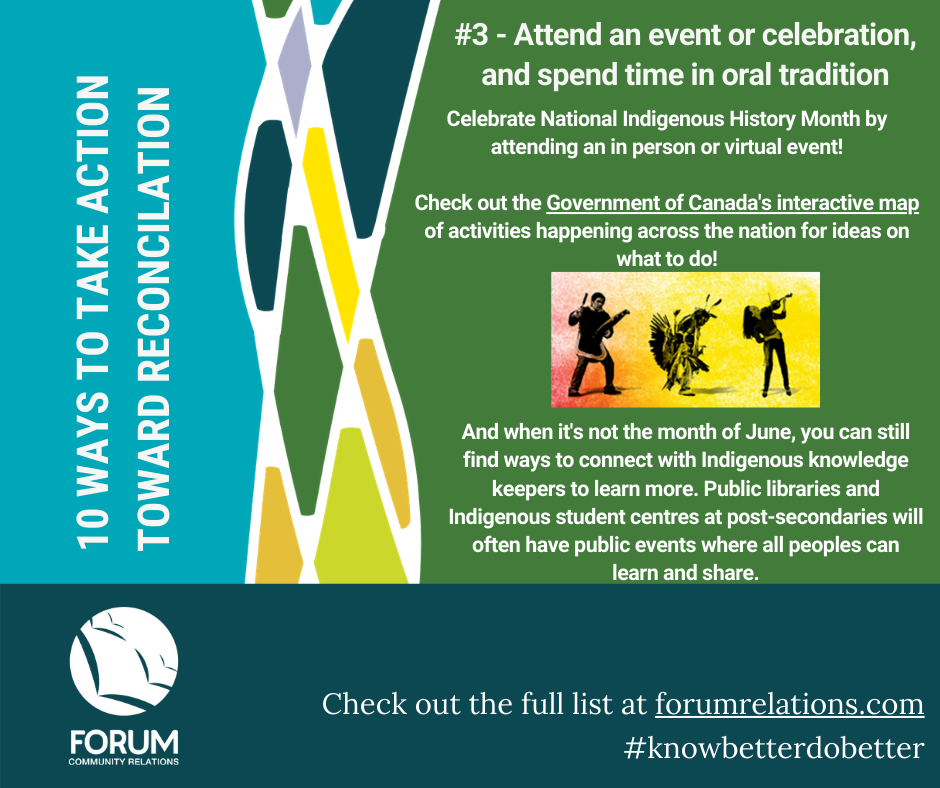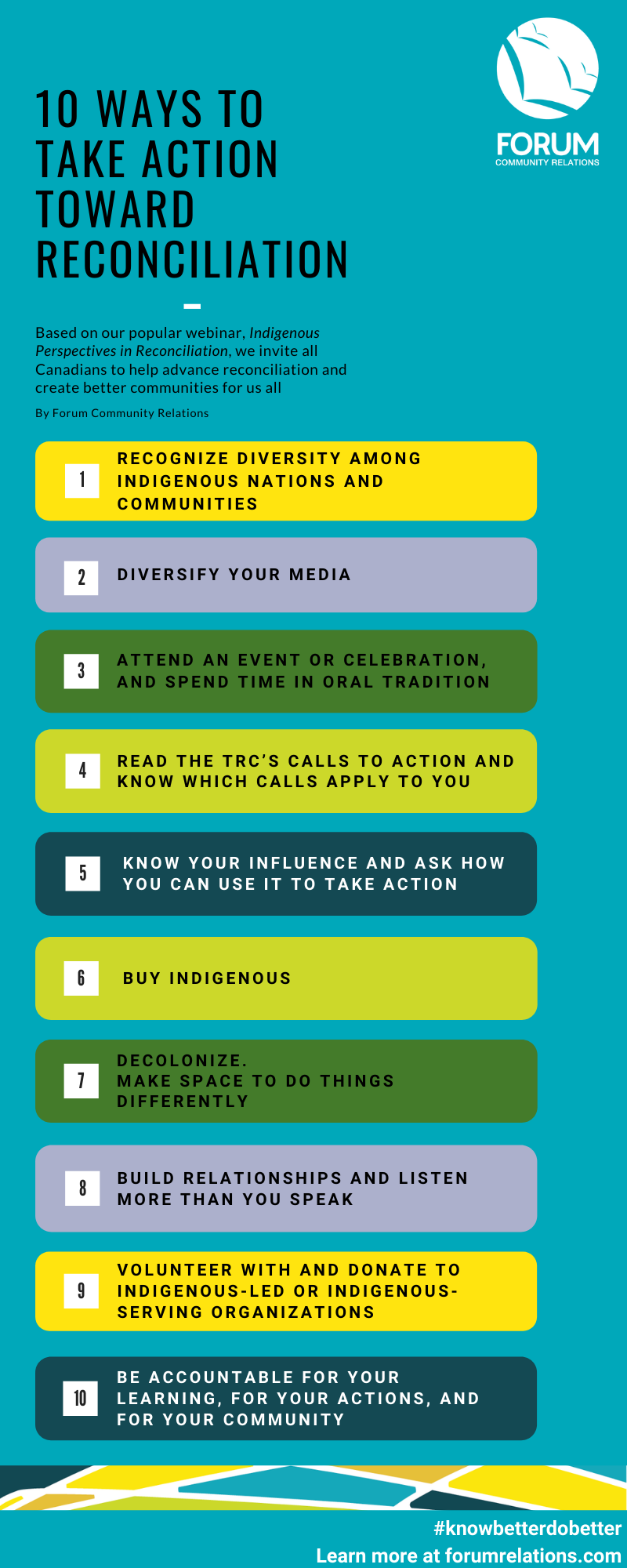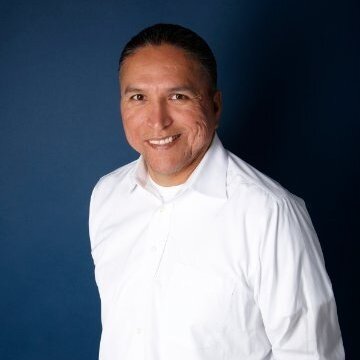“Reconciliation” for me is about the recognition of legal rights – treaty and Aboriginal rights per section 35 of the Constitution Act, 1982, - and the history of Indians, Métis & Inuit and their respectful place in Canadian society. Other dimensions or elements like economic, environmental, social & cultural issues are also important for meaningful “Reconciliation” and the related process on a go forward basis.
Aboriginal (Indigenous) Economic Reconciliation?
Aboriginal (Indigenous) Economic Reconciliation is about ongoing s.35 implementation. Aboriginal (Indigenous) Economic Reconciliation could be assisted by: (1) a local or regional “moderate livelihood” definition; (2) an Indigenous Policy requiring economic inclusion for Indigenous Peoples when projects are approved by Canadian Governments; or by (3) Indigenous economic inclusion in legislation or a regulatory mechanism.
An important dimension of/for Aboriginal (Indigenous) Reconciliation must include economic issues, i.e. a revenue stream linked to Government as in British Columbia and to resource development proponents and infrastructure companies or businesses for impacts to land and rights; recognition that Aboriginal (Indigenous) People have not been fairly compensated for sharing their former Lands and its proceeds with other Canadians since Confederation or when Treaties were negotiated; and a legislated or policy approach requiring local Aboriginal (Indigenous) People to participate and benefit from natural resource development occurring anywhere in the country.
Aboriginal (Indigenous) Economic Reconciliation will not be achieved everywhere in Canada quickly, so it must remain a continuous work in progress and be an enduring commitment by all senior Canadian Governments, including the federal, provincial and territorial Governments regardless of political party.
The Truth and Reconciliation Commission (TRC) Report in 2015 challenged many Canadian sectors, the churches and the citizenry generally to address Indigenous issues and reconciliation from their own perspectives. In addition to enhanced and improved awareness, six of the 94 Calls-to-Action (CTA) dealt with professional learning & development, specifically, medical and nursing schools (CTA 24); the Federation of Law Societies (CTA 27); Law schools in Canada (CTA 28); federal, provincial, territorial and municipal governments (CTA 57); journalism programs and media schools (CTA 86); and the corporate sector in Canada (CTA 92).
Aboriginal (Indigenous) Economic Reconciliation can be a relatively easy policy solution that is local or regional or sector specific that enhances community well-being (i.e. social conditions & infrastructure); aids resource & economic development; supports a sustainable environment; and preserves rights and the land for the future. It will also contribute to better socio-economic conditions for people and enhanced self-sufficiency of communities.
How to do Aboriginal (Indigenous) Economic Reconciliation?
Aboriginal (Indigenous) Economic Reconciliation should be undertaken by Governments in consultation and partnership with national Indigenous Political Organizations, like the Assembly of First Nations (AFN), the Métis Nation Council (MNC), and the Inuit Tapiriit Kanatami (ITK) over 12 months as a starting point. Doing so, will signal to all their constituent members and communities that change from the “status quo” can be addressed, so that local conditions and circumstances improve for more Indigenous Canadians within a decade.
Alternatively, federal United Nations Declaration on the Rights of Indigenous Peoples (UNDRIP) legislation could be a mechanism that deals with Indigenous Economic Reconciliation and the many issues requiring attention between Indigenous Peoples and other Canadians as was done in British Columbia in 2019. For instance, the BC Government has begun implementing provincial legislation in conjunction with the three Aboriginal groups in BC, the First Nations Summit, AFN BC, and the Union of BC Indian Chiefs, in a coordinated and ongoing fashion. The resulting efforts should lead to marked improvements in socio-economic conditions for Indigenous people in BC, however, only time will tell.
From my point of view, concrete actions should be undertaken that inform and enhance reconciliation between Indigenous People and other Canadians, so that everyone that lives here comes to know a more complete history of the country, with the possibility that relationships between everyone change for the better and become more respectful and collaborative in perpetuity.


